1. What are the historical and cultural ties that bind Iran and Qatar and make them natural partners in promoting art and culture?
2. In what ways can a stronger relationship in the field of arts and culture benefit Iran and Qatar economically?
Collaborative projects in arts and culture can attract tourism, stimulate local industries, and generate revenue through cultural events.
3. How can the political relations between Iran and Qatar positively impact their economic ties?
Strong political relations inspire trust and stability, which are essential for long-term economic partnerships and investments.
4. What opportunities exist for scientific collaboration between Iran and Qatar?
Both nations have made great strides in scientific research and development, and collaboration can lead to further advances in various fields such as medicine, technology, and renewable energy.
5. How can cultural and religious commonalities between Iran and Qatar enhance social cooperation and cohesion?
Shared traditions, values, and religious beliefs can
foster social understanding, tolerance, and integration between the people of Iran and Qatar.
6. What are the potential economic benefits of increased trade and investment between Iran and Qatar?
Enhanced economic cooperation can result in job creation, increased revenue, diversified markets, and improved standards of living for both nations.
7. What challenges exist in strengthening the relationship between Iran and Qatar in the field of art and culture?
Language barriers, logistical constraints, differences in artistic tastes, and bureaucratic hurdles could pose challenges to collaboration in the arts.
8. How can Iran and Qatar reinforce diplomatic efforts to overcome political barriers and strengthen their relationship?
Regular high-level
diplomatic visits, bilateral meetings, and the establishment of joint committees can help address political challenges and promote a favorable environment for cooperation.
9. What obligations do Iran and Qatar have in preserving and promoting their shared ethnic and historical heritage?
Both nations have a responsibility to protect and promote the history, traditions, and heritage they share, ensuring they are passed on to future generations.
10. How can the exchange of cultural and artistic knowledge between Iran and Qatar lead to greater understanding and harmony between the two nations?
Sharing artistic and cultural experiences can break down stereotypes, foster empathy, and
promote cross-cultural dialogue and understanding.
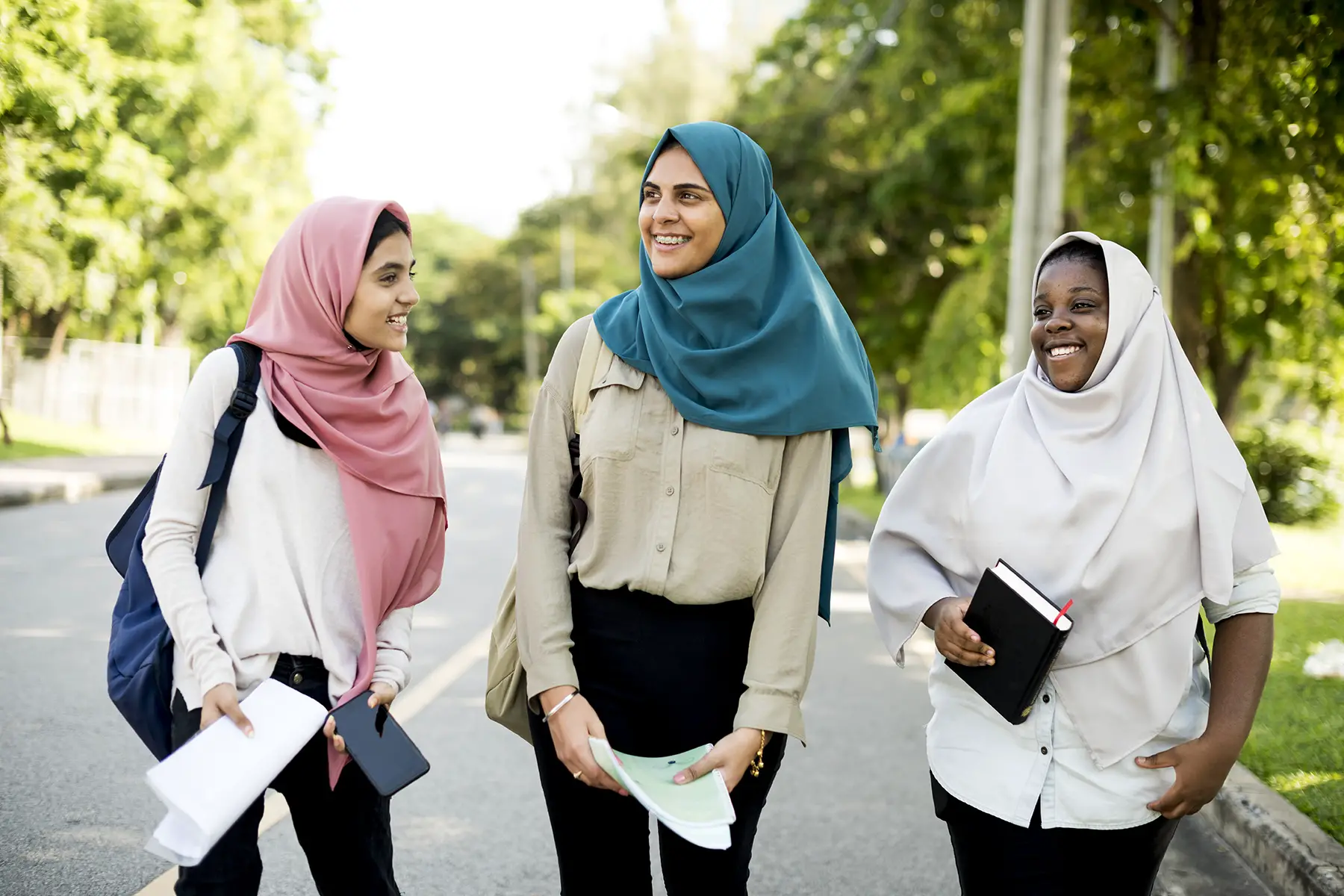
joint research initiatives, and academic exchange programs
11. What frameworks can be established to facilitate cooperation in the scientific fields between Iran and Qatar?
Bilateral agreements,
joint research initiatives,joint research initiatives, and academic exchange programs can provide frameworks for scientific collaboration.
12. What requirements need to be fulfilled for successful economic partnerships between Iran and Qatar?
Transparent legal frameworks, favorable business environments, simplified trade procedures, and the protection of intellectual property rights are vital for successful economic partnerships.
13. How can Iran and Qatar leverage their shared historical background to strengthen their relations?
Recognizing and valuing their shared historical background can create a sense of common identity that can translate into stronger bilateral ties.
14. What potentials exist for collaboration between Iran and Qatar in the field of renewable energy?
Both nations possess vast natural resources and expertise in renewable energy, making collaborations in this sector mutually beneficial and environmentally sustainable.
15. What challenges do Iran and Qatar face in fostering greater religious understanding and interfaith dialogue?
Misconceptions,
cultural barriers, and political tensions pose challenges to fostering religious understanding. Overcoming these challenges requires open dialogue, educational initiatives, and the promotion of religious tolerance.
16. What opportunities exist for Persian and Qatari artists to collaborate and showcase their work internationally?
Joint exhibitions, cultural festivals, and artistic exchanges can provide opportunities for Persian and Qatari artists to display their talents on the global stage.
17. How can Iran and Qatar promote social integration and harmony among their diverse populations?
Encouraging cultural exchanges, supporting multicultural events, and implementing social inclusion policies can promote harmony and integration among diverse communities in both nations.
18. What requirements must be met to establish a conducive environment for scientific research and innovation in Iran and Qatar?
Adequate funding, state-of-the-art research facilities, supportive government policies, and collaboration with international institutions are crucial
requirements for scientific progress.
19. How can the preservation and promotion of ethnic minority cultures contribute to the overall cultural diversity and richness of Iran and Qatar?
Safeguarding and celebrating the cultural practices, languages, and traditions of ethnic minorities can enrich the cultural landscape of both nations and promote inclusivity.
20. What common challenges do Iran and Qatar face in achieving sustainable economic development?
Diversifying economies, reducing dependence on fossil fuels,
creating employment opportunities, and addressing income inequality are shared challenges that can be better confronted through cooperation.
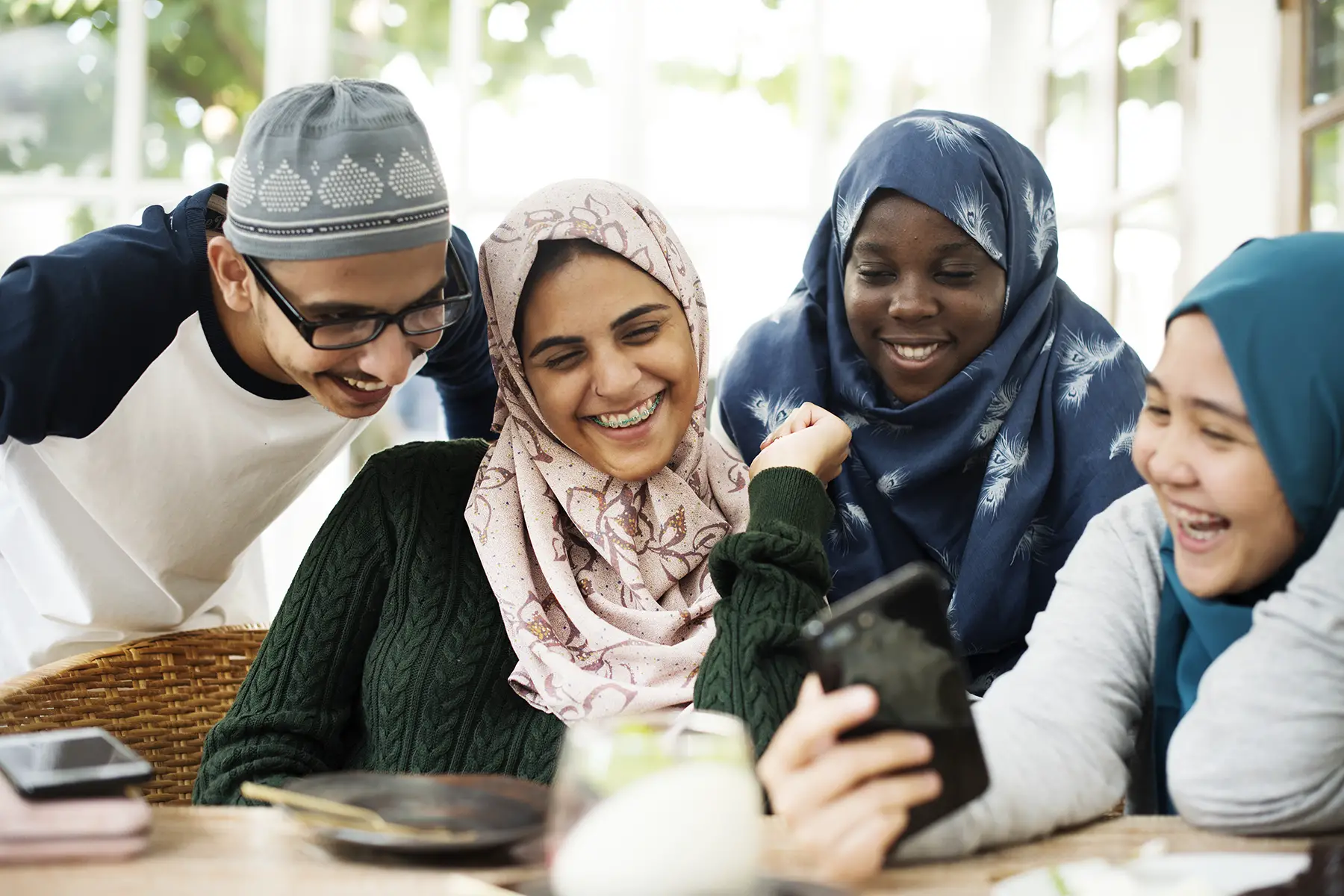
responsibility to respect and protect human rights
21. What obligations do Iran and Qatar have in upholding human rights and protecting vulnerable communities within their borders?
Both nations have a responsibility to respect and protect human rights, promote social justice, and ensure the welfare of their citizens, including minorities,
women, and disadvantaged groups.
22. What opportunities exist for joint academic research programs between Iran and Qatar universities?
Collaboration in academic research can lead to knowledge exchange, joint publications, intellectual growth, and advancements in various disciplines.
23. What role can religious leaders and institutions play in promoting peace and understanding between Iran and Qatar?
Religious leaders can serve as bridges between communities, fostering interfaith dialogue, and promoting
messages of peace, compassion, and understanding.
24. What obligations do Iran and Qatar have in combating climate change and preserving their natural resources?
Both nations have a responsibility to address environmental challenges, reduce carbon emissions, promote sustainable practices, and protect their ecosystems for future generations.
25. How can the sharing of best practices and expertise in arts and culture contribute to the growth and development of both Iran and Qatar's creative industries?
Collaboration in arts and culture can enhance artistic skills, promote entrepreneurship, and expand market opportunities for creative professionals in both nations.
26. What challenges do Iran and Qatar face in balancing economic growth with environmental sustainability?
Achieving sustainable development requires careful planning, environmentally responsible policies, investment in green technologies, and public awareness campaigns
about the importance of conservation.
27. What opportunities exist for Iran and Qatar to collaborate in the field of medicine and healthcare?
Knowledge exchange, joint medical research, training programs, and telemedicine initiatives can improve healthcare services and outcomes in both nations.
28. How can a deeper understanding of each other's ethnic and cultural backgrounds lead to greater appreciation and celebration of diversity in Iran and Qatar?
Cultural exchange programs, educational initiatives, and promoting cultural heritage can foster a sense of unity, respect, and celebration of diversity in both nations.
29. What frameworks can be established to facilitate the exchange of students and researchers between Iran and Qatar?
Bilateral agreements, scholarship programs, and mutual recognition of academic degrees can create frameworks for educational and research
exchange, fostering cross-cultural learning.
30. How can a stronger partnership between Iran and Qatar contribute to regional stability, peace, and prosperity?
By collaborating on various fronts, Iran and Qatar can demonstrate the significance of positive engagement, set an example for regional cooperation, and contribute to a more stable and
prosperous Middle East.
Dear Visitor; Please take a look at the list of 50 most visited websites in the world wide web: YouTube, Facebook, google, translate, gmail, weather, amazon, Instagram, cricbuzz, Hotmail, wordle, satta king, twitter, yahoo, yandex, sarkari result, Netflix, google maps, yahoo mail, roblox, whatsapp, NBA, BBC news, outlook, pinterest, flipkart, eBay, omegle, live score, tiktok, canva, ipl, premier league, hava durumu, ibomma, walmart, twitch, ikea, shein, linkedin, home depot, e devlet, lottery, snaptik, cricket, serie a, nfl, spotify, fox news, amazon prime; There is no book publishing related or project management website in this list. We are working hard to bring these important issues to the center of concentration of societies. Please introduce us via social media, share our website with others and help us to make our world a better place to live. Best Regards.





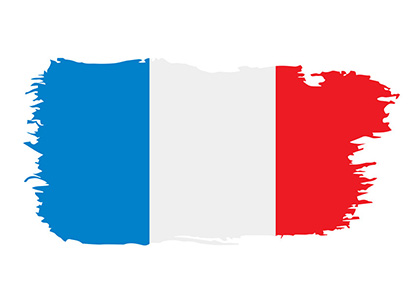


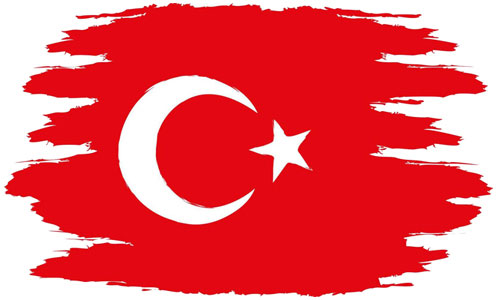

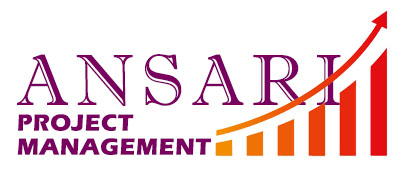

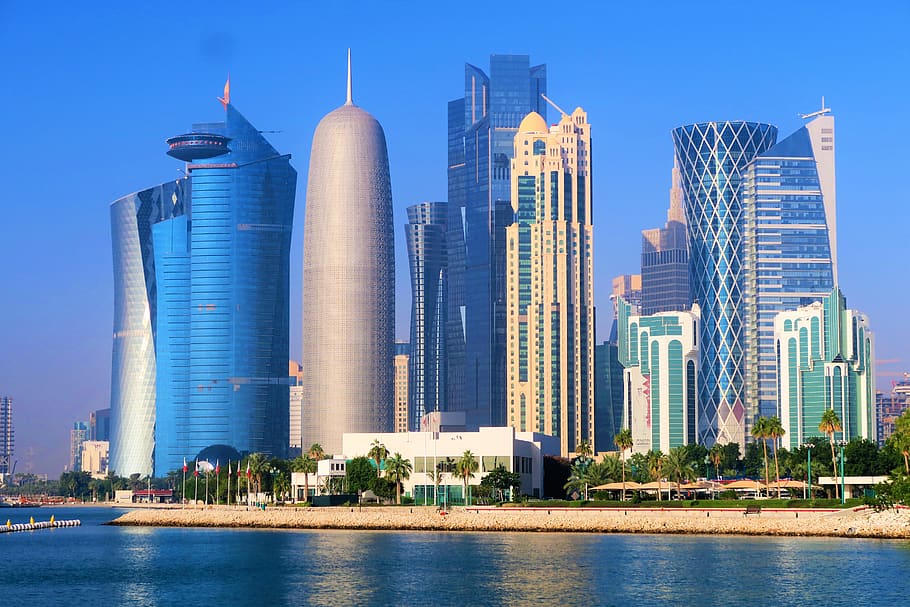
Write your review